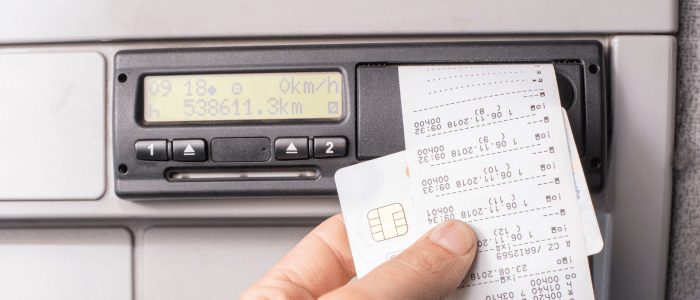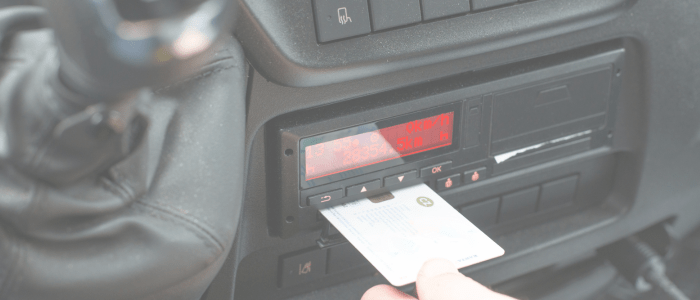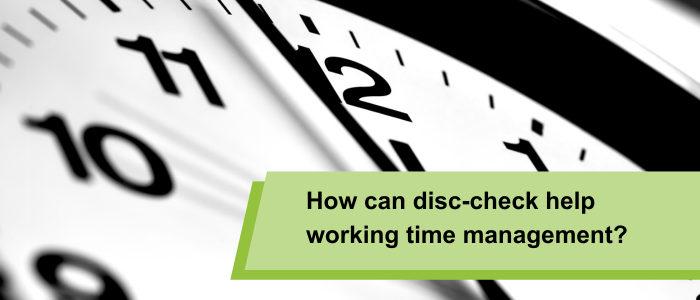
Digital tachographs have been around since 2005, when new EU regulations meant that all newly manufactured vehicles had to have a digital tachograph installed, which has slowly faded out the need for analogue charts.
But since then, a new generation of tachographs has been developed. In June 2019, new EU legislation meant that all new vehicles must have a smart tachograph installed, and since then Smart tachograph version 2 was introduced last August. These changes will affect all vehicles, and mandatory replacements will be needed over the next few years for any vehicle involved in international haulage.
What is a smart tachograph?
Smart tachographs have been mandatory in all newly registered trucks and buses since June 2019.
The main purpose of smart tachographs remains the same as all other tachographs – to record drivers’ activities, including driving time, rest periods, mileage and drivers speed. The new features on a smart tachograph includes:
- GPS or GNSS – This records the locations at the beginning and end of each journey, and records the location every 3 hours in between.
- DSRC (Dedicated Short Range Communication) – This allows a transmission of real time information to enforcement officers to detect fraudulent activity on a tachograph. This only affects vehicle data as driver data cannot be captured in this way.
What changes were made in Smart Tachographs version 2?
In August 2023 new legislation meant all newly registered vehicles over 3.5 tonnes must be fitted with a Smart Tachograph Version 2 (Also known as Smart2). The new version of smart tachographs allows the position and time of border crossings to be recorded, and requires the driver to record load and unload operations as well as their load type.
This also allows tachograph analysis software to read and show lots more information that is stored on the tachograph. This new data can be seen in disc-check on vehicle profiles when vehicles have a Smart Tachograph Version 2 in a vehicle. Along with these changes, version 2 has improved the security with more robust encryption to combat tampering on devices.
What this mean for the future of Smart Tachograph Version 2 in your fleet
Following the legal requirement that all newly registered vehicles as of August 2023 will have smart tachograph version 2 equipped, all fleets should follow the key dates outlined by European legislation which will come into effect over the next few years.
December 2024 – All vehicles already registered and involved in international road transport operations equipped with either analogue or digital non-smart tachographs must have Smart Version 2 Tachographs installed by 31st December 2024.
August 2025 – By 18th August 2025, all registered vehicles involved in international road transport operations, that are currently fitted with a smart tachograph version 1, must change their tachographs to a Second Generation Smart Tachograph.
July 2026 – All vehicles above 2.5 tonnes that operate in international road transport or cabotage will be equipped with a smart tachograph version 2 as of 1st July 2026.
It’s important that fleet managers are aware of the upcoming changes over the next few years so that they can prepare their fleet with any changes that need to be made in good time, before the end of the deadlines.





